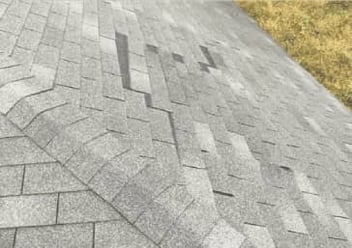- Home »
- Learningcenter »
- Roof blistering cause concern
[Guide] What is Roof Blistering and Is It a Cause For Concern?

When you see blisters on your asphalt shingles or flat roof, it's perfectly understandable that you might be concerned. After all, your roof is supposed to be protecting your structure from the elements. Does a blistering roofing material mean that the integrity of your roof is compromised?
The answer is: it depends. In some cases, roof blistering is mostly just a cosmetic problem. That being said, even cosmetic blistering can harm the lifespan of your roof.
In other cases, extensive roof blistering is something that you'll want to address right away.
In flat roofing systems like built-up roofs and modified-bitumen roofs, blistering is typically caused by installation errors.
For asphalt shingles, though, the most common culprit these days is poor attic ventilation. In most instances, ensuring proper attic ventilation and minor repairs will help you avoid the potential problems caused by blistering asphalt shingles.
Let's explore everything you need to know about roof blistering to help you understand what your next steps should be.
What Is Roof Blistering in Asphalt Shingles?
Roof blistering is a common issue that can occur with asphalt shingles. This happens when gas, air, or moisture gets trapped in the shingles, creating a bubble in the asphalt. Once the bubbles pop or break open, the granules of the shingles become loose and are either absorbed into the liquified asphalt or fall off.

You will usually first see blisters appear within the first year after your asphalt shingles have been installed, which can shorten the lifespan of asphalt shingles. If it is a widespread problem, blistering shingles can require replacement sooner than expected on the entire slope.
What Does Roof Blistering Look Like?
Blisters look like pockmarks once they have popped. They are characterized by asphalt loss, sometimes to such an extent that you can actually see the mat. It can be difficult at first to distinguish the difference between blister damage and hail damage. However, hail damage will often still have many of the granules remaining in the affected area, while blister damage will have missing granules.

If you're considering installing asphalt shingles on your home but you're worried about their durability, lifespan, and visual appeal, you might be interested to learn more about laminated shingles.
What Causes Blistering in Asphalt Shingles?
Two primary causes of roof blistering are poor ventilation and poor manufacturing. That being said, poor manufacturing is a much less common cause of roof blistering than it used to be.
1. Poor Manufacturing
In the past, workers would manually add shingle ingredients. This left room for human error which sometimes meant that it could end up leading to blisters. Mistakes could lead to moisture gasses, incomplete fiberglass mat curing, or poor asphalt mixes moving to the shingle's surface, creating a bubble-like blister.
In these instances, the bubble would eventually erode, leaving a pockmark on the shingle.
Shingle manufacturing these days doesn't leave nearly as much room for error. The metering and mixing of ingredients occur automatically using automated equipment and computers. This means that incorrect mixtures are much rarer than they used to be, though they certainly can still happen from time to time.
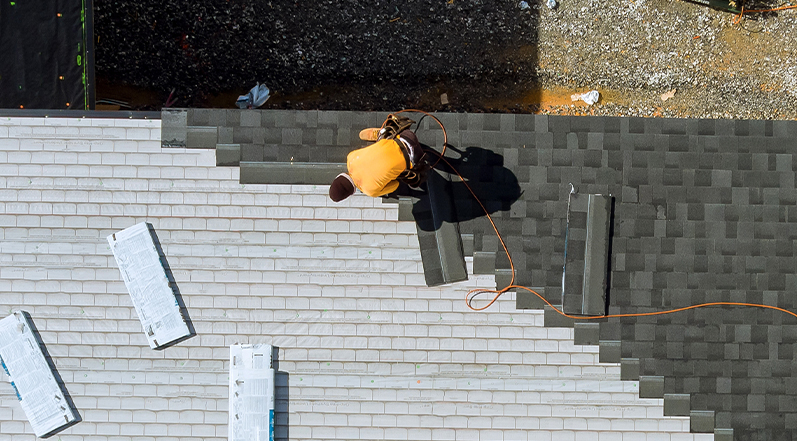
In the case of moisture getting trapped under asphalt shingles, this is caused by manufacturer error. There are usually three layers in asphalt shingles: the backing, the asphalt, and the granules. If moisture gets trapped between the layers and heats up due to exposure to the sun or heat from the attic, the moisture vaporizes and forms blisters.
If you're in the market for a new roof, it's worth understanding that manufacturers can have significant quality differences. Check out our recent review of GAF Timberline HDZ® shingles to see if they're the right fit for your roofing system.
2. Poor Ventilation
If you're dealing with roof blistering, there's a good chance it's due to poor ventilation. If your attic doesn't effectively allow heat to escape from the space, it can lead to the roof decking overheating. The shingles are at the same time absorbing heat from the sun, but they have nowhere to release this heat because of the overheated decking.
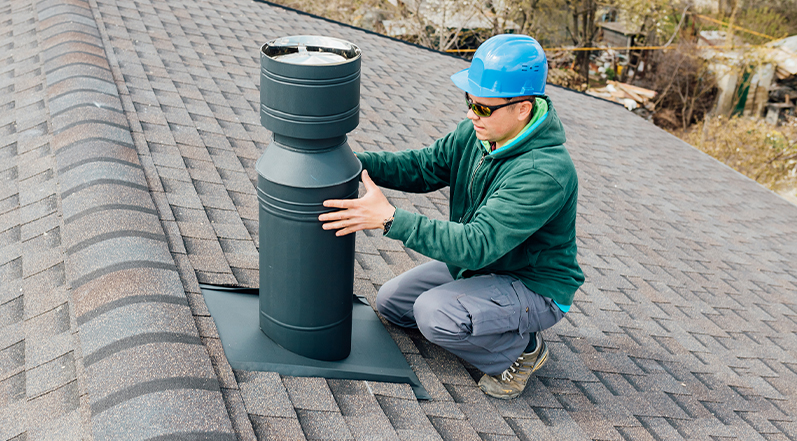
At a certain point, the asphalt shingles reach a temperature where the asphalt starts to release a small amount of gas. The gas that is released ends up forming a blister as it gets trapped within the shingle.
Are you looking for shingles that will withstand the hot and humid climate of the Atlanta area? This guide takes a look at the best shingles for homes in Georgia.
Should I Be Concerned About Blistering in Asphalt Shingles?
Some roofing issues require you to drop what you're doing and get a roofing contractor on the phone immediately. With a situation like a roof blistering, though, how concerned should you have with your roof blisters, and how can you determine severity?
When blistering first starts occurring, it is largely a cosmetic problem rather than a functional problem. At the same time, you will want to get a roofing contractor to take a look if you are dealing with large blisters that have removed many of your granules.
The reality is that roof blistering has a negative impact on the life expectancy of your roof, even when the problem could be classified as only cosmetic. Even if it doesn't technically qualify as a roofing emergency, you will still want to address the issue sooner rather than later.

You might be wondering why blisters wouldn't always be too much of a cause for concern. The reason is that if it only affects a few shingles, it shouldn't evolve into leaks because each course has two layers of shingles.
At the same time, though, large and widespread blisters can lead to premature deterioration of the roof's appearance.
In short, unpopped shingle blistering isn't too large of a concern in most cases despite the fact that it can be unsightly. On the other hand, when blisters pop, you have to start considering the longevity of your roof.
Once a blister pops, the weatherproofing granules are lost from the affected area. This can mean that your roof is exposed to more moisture and UV light. If you leave popped blisters unchecked, you could face issues like water damage and a decrease in the life of your roof.
The Impact of Roof Blisters on Roof Lifespan For Asphalt Roofs
Usually, roof blisters will shorten a roof's life span. This is because they essentially stretch the roofing material's surface, which leads to the loss of protective granules at the location of the blister.
Not having these granules in place can accelerate the impact of UV damage on the shingles.
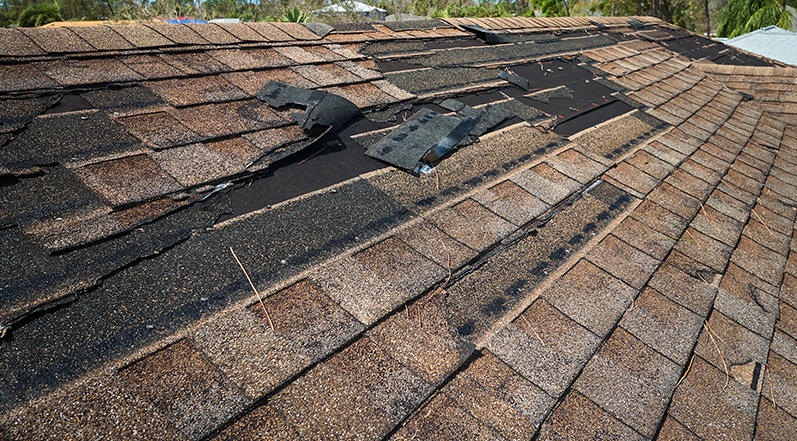
At the same time, roof blisters have been known to be present for almost the entire lifespan of some roofs without ever resulting in a leak. Roofing manufacturers usually won't pay for repairing roof blistering unless there is an active roof leak caused by it.
How to Prevent Blistering on Roof Shingles
There are two primary things that you can do to prevent asphalt shingle blistering.
The first thing you can do is invest in high-quality asphalt shingles. Of course, this is only relevant when you're ready to do a full roof replacement. If you do find yourself in a situation where you need a new roof for your home, though, it's worth understanding that high-quality shingles will be much less likely to form blisters.
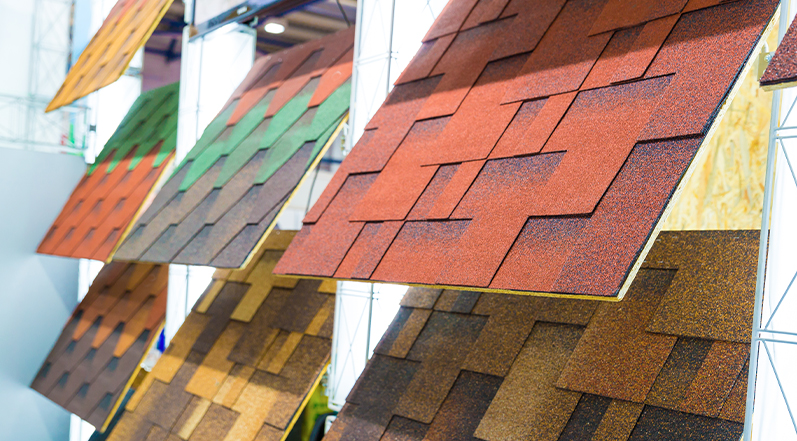
The second thing you can do is deal with any attic ventilation problems you might have. If your roof gets too hot too often, even the highest quality shingles won't be able to keep long-term damage at bay.
How Can You Tell the Difference Between Roof Blistering and Hail Damage?
Asphalt shingle blisters are commonly confused with hail damage as they can look quite similar. A professional roofing company will be able to tell the difference and let you know what your options are.
If you're trying to identify the cause of your damaged roof, you'll want to look and see if there are any visible unpopped blisters. If this is the case, you're looking at blistering and not hail damage.

You'll also want to consider whether the damage is on one or both slopes. If only one slope is impacted, hail is probably the culprit.
Finally, when looking at the damage, you'll typically notice that there are still some granules in the indent created by hail, while popped blisters will have little to no granules left.
Roof Blistering in Built-Up Roofs
Blistering is also a phenomenon that can impact built-up roof systems. This occurs for a number of different reasons:
- ● If hot bitumen is applied at too cool of a temperature
- ● If the newly installed felts are walked on
- ● If the roofers neglect to broom and smooth the felts after they are placed in the coal or asphalt pitch
- ● If the felts are installed with wrinkles
Noticing a few blisters in a built-up roofing system isn't uncommon. It is a normal part of the aging process of this type of roofing system, so the number can increase as time goes on.
In most cases, roof blisters in a built-up roof aren't a cause for concern. They will most likely never lead to a roof leak before the roof itself is old enough that it needs replacement.
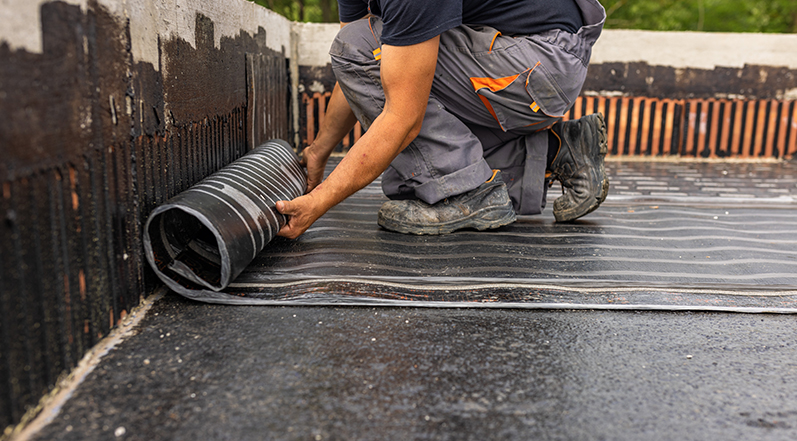
At the same time, it's important to never step on roof blisters on built-up roofs. If you pop these blisters, it puts a hole in the membrane.
A few blisters are normal on a built-up roof. However, if you notice a large number of them within a year of installation, it's possible that you could make a claim against the workmanship guarantee of the contractor. If you find yourself in this situation, you'll want to talk to a qualified roofing company and have them prepare a report after inspecting your roof.
Roof Blistering in Modified Bitumen Roofs
Sometimes, a layer of hot liquid asphalt is used to install modified bitumen roof systems. As a part of the installation process, the asphalt is heated on-site. One of the most common installation techniques is mopping the asphalt. Though this is a cheap and easy way to install modified bitumen roofs, this technique tends to lead to more blistering.
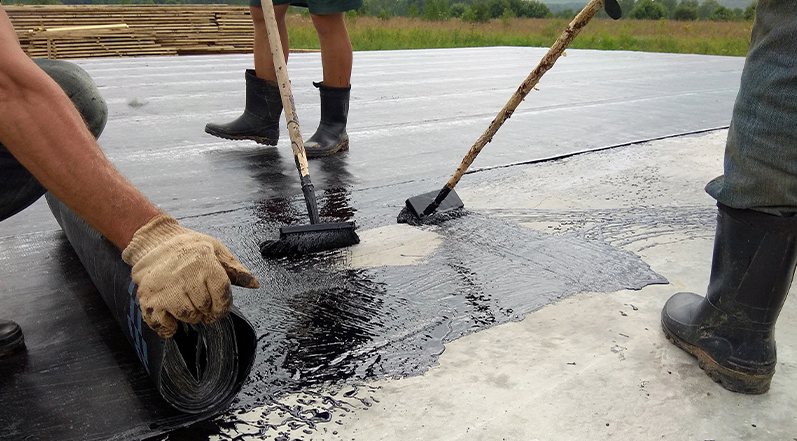
There are two primary kinds of modified bitumen roofing– APP-modified and SBS-modified. App-modified roofing cannot be installed using this hot mopping technique, while SBS-modified roofing can be.
If untrained or careless contractors apply APP-modified bitumen with a hot-mop application, unbonded areas in the roof system will most likely result. This means that you will start to see roof blisters.
Another problem is that roofers can struggle to get the rolls of modified bitumen set into the hot asphalt before it has cooled too much. This means that the bond doesn't occur properly, and voids result in the roofing system and blisters.
A better application method is torch application. Even so, you can see long blisters appear using this technique.
Manufacturers typically won't see blisters as an issue in a modified bitumen roof if the blisters don't cross the laps that exist between the rolls. This is because they typically don't expect these to compromise the roof's integrity and therefore don't usually repair them under the manufacturer's warranty.
The Impact of Roof Blistering on Flat Roofs
Low-slope or flat roofs that have roof blisters aren't always a cause for concern. The integrity of the roof isn't necessarily compromised by these blisters. If the protective surface remains intact over the blister and the blister itself doesn't get so big that it compromises laps, seams, or flashings, blisters can essentially be cosmetic problems.
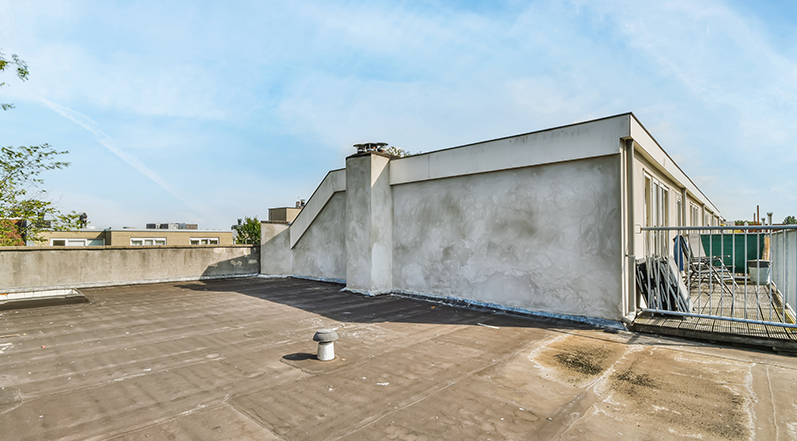
That being said, if you notice blisters, it's a good idea to have professional and reliable roofing contractors take a look. They will be able to give you a sense of whether you should take any action to deal with the blisters or if they likely won't cause any problems during your roof's lifespan.
Do You Have Blisters on Your Roof?
If you're dealing with roof blistering on an asphalt shingle or flat roofing system, having a roofing professional take a look is not a bad idea. They'll be able to tell you whether the problem is largely cosmetic or if repairs will be necessary in order to protect the integrity of your roofing system.
For homeowners and business owners in the Atlanta area, Colony Roofers is the go-to professional roofing company. We serve the city of Atlanta and the surrounding areas, including Decatur, Alpharetta, Roswell, Sandy Springs, Johns Creek, and Marietta.
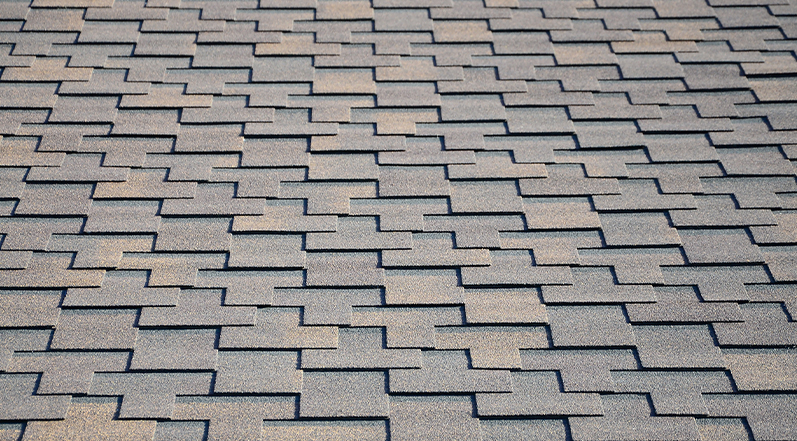
Our team is made up of individuals that have been handpicked for their integrity, experience, and work ethic. Not only do we specialize in offering the highest-quality roofs for the most affordable prices, but we also prioritize offering the absolute best in customer service.
We know that having a problem with your roof isn't exactly your idea of a good time. That's why we work to make sure that your experience is stress-free and seamless, whether your roof needs a small repair or a full replacement.
Are you searching for the right roofing contractor in the Atlanta area? If so, contact Colony Roofers today.
 Call (678) 365-3138
Call (678) 365-3138



